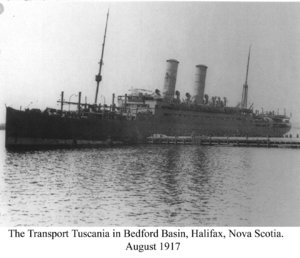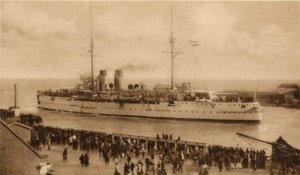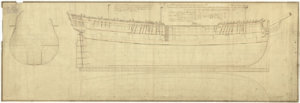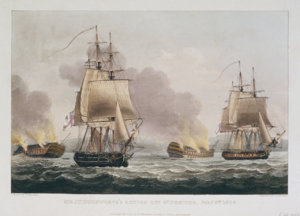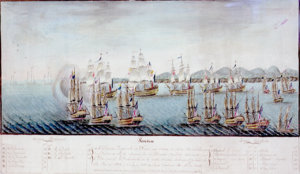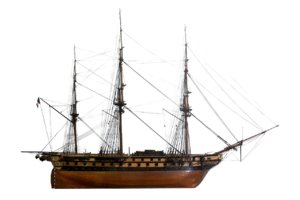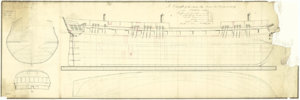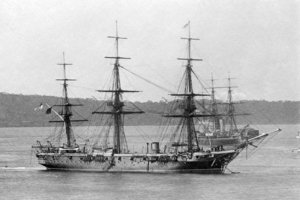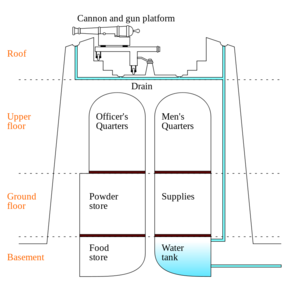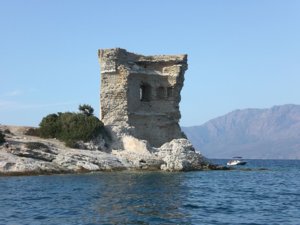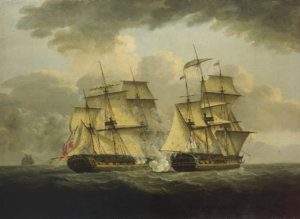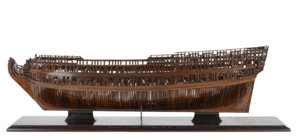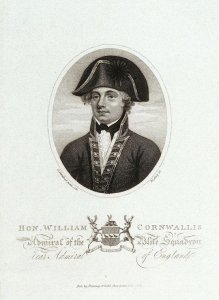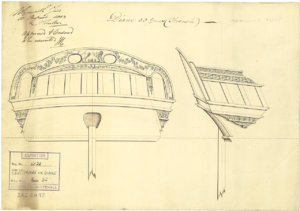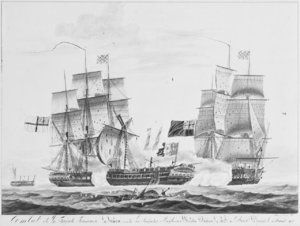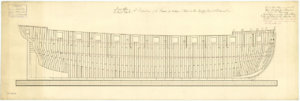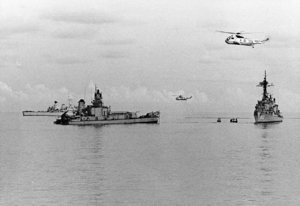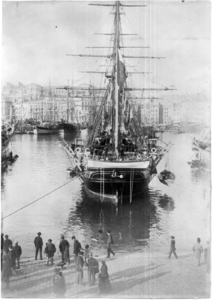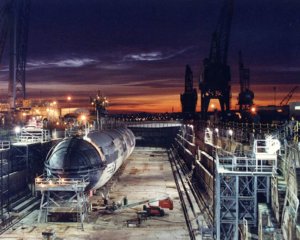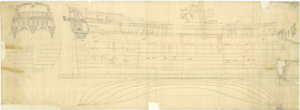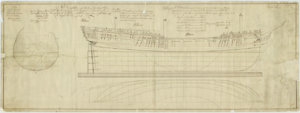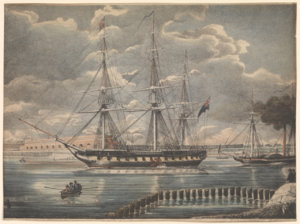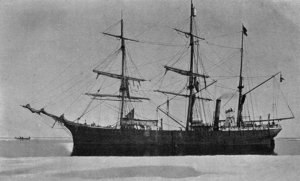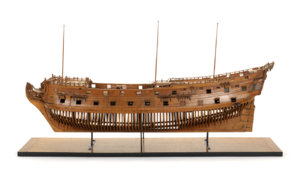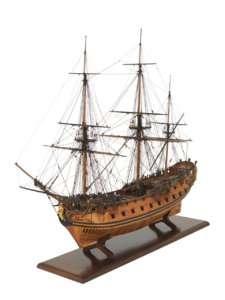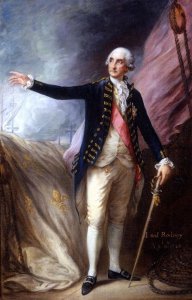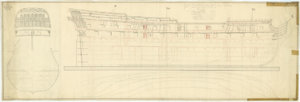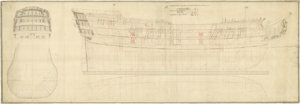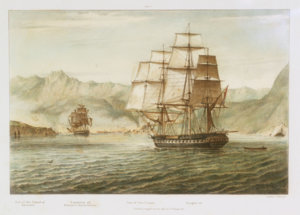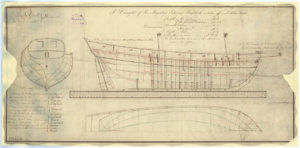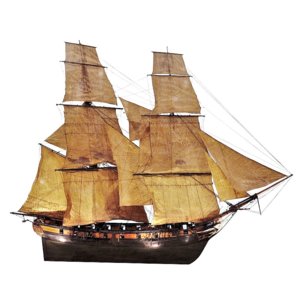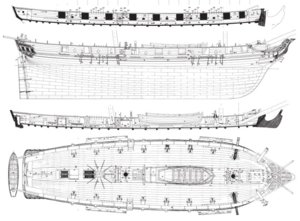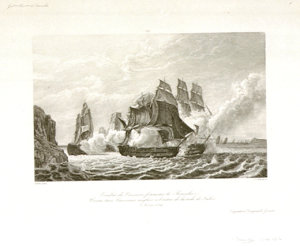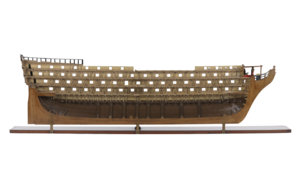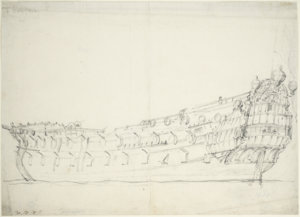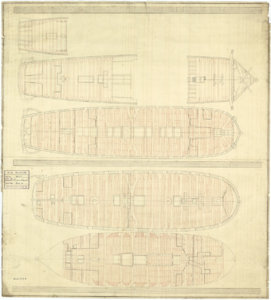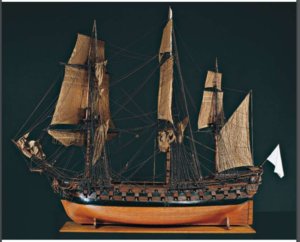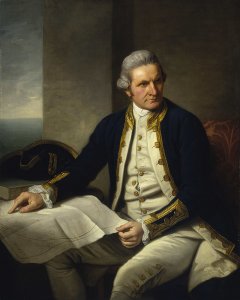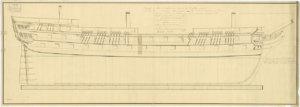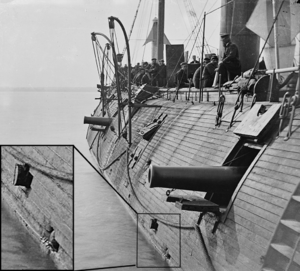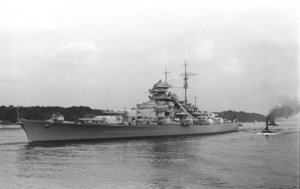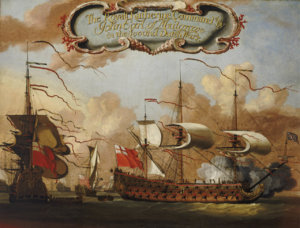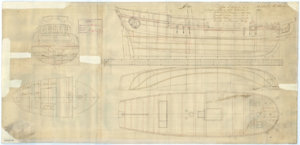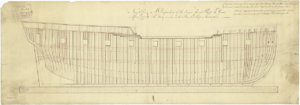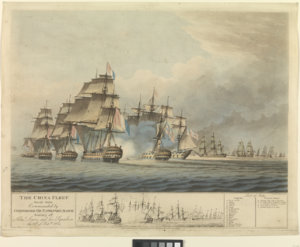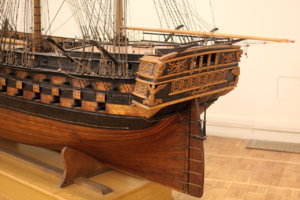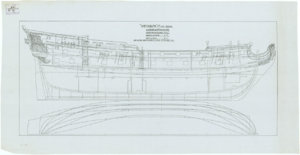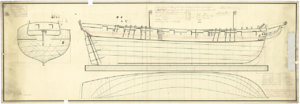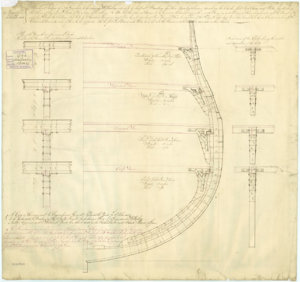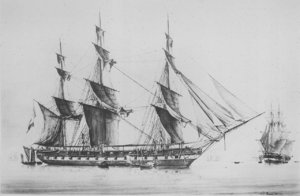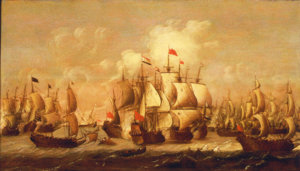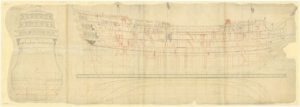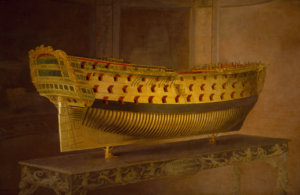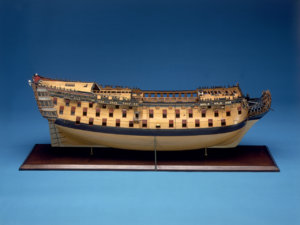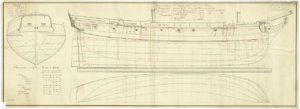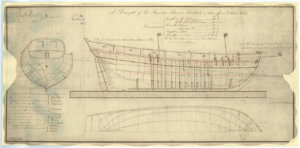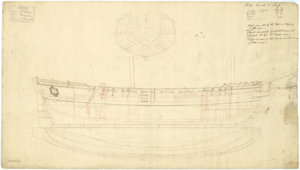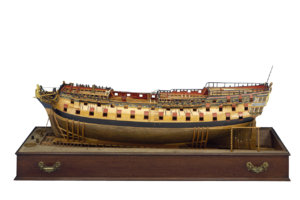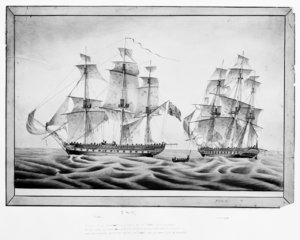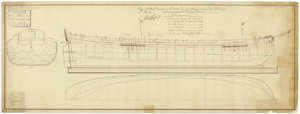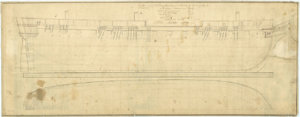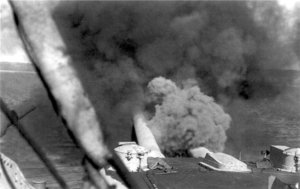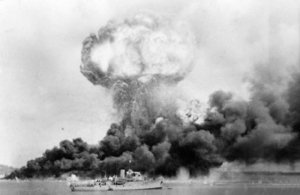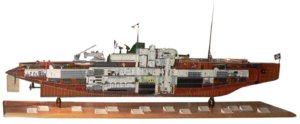Today in Naval History - Naval / Maritime Events in History
1st of February
please use the following link and you will find the details and all events of this day .....
1668 – Launch of French La Royal Louis, a ship of the line of the French Royal Navy
The Royal Louis was a ship of the line of the French Royal Navy. She was constructed at Toulon between 1666 and 1669 under the direction of Rodolphe Gédéon and served as flagship of the French fleet in the Mediterranean.

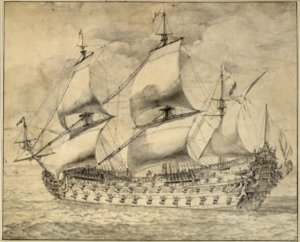
1756 – Launch of Spanish Triunfante, 68 at Ferrol - Wrecked 5 January 1795

1800 - USS Constellation engages French frigate La Vengeance in a 5-hour battle
The USS Constellation vs La Vengeance, or the Action of 1 February 1800, was a single-ship action fought between frigates of the French Navy and the United States Navy during the Quasi-War. In the battle the American frigate USS Constellation tried to take the French frigate La Vengeance as a prize. Both ships were heavily damaged. Although the French frigate struck her colors twice, she managed to flee after the main mast of her opponent had fallen.
In 1798, an undeclared war had begun between the United States and France due to French seizures of American merchantmen. As part of an American effort to deter French attacks, Commodore Thomas Truxton led an American naval squadron that was dispatched to the Lesser Antilles. Learning that regular French naval forces were in the region, Truxton set out in his flagship Constellation and sailed to Guadeloupe to engage them. On 1 February 1800, while nearing the French colony, Constellation met François Marie Pitot's frigate La Vengeance of the French Navy. Despite Pitot's attempts to flee, his frigate was drawn into a heavy engagement with Constellation. Although the French frigate struck her colors (surrendered) twice, Constellation was unable to take La Vengeance as a prize. Eventually Pitot was able to escape with his frigate to Curaçao, though only after sustaining severe casualties and damage to his vessel. Truxton's ship sustained light damage and sailed to Jamaica for repairs before returning home to a hero's welcome.
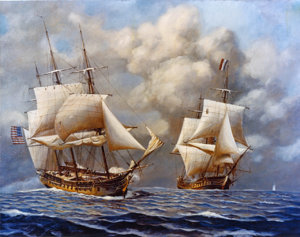
1851 - Brandtaucher, the first german submarine, sank during acceptance trials in Kiel Harbour. The crew is able to escape.
Brandtaucher (German for Fire-diver) was a submersible designed by the Bavarian inventor and engineer Wilhelm Bauer and built by Schweffel & Howaldt in Kiel for Schleswig-Holstein's Flotilla (part of the Reichsflotte) in 1850.

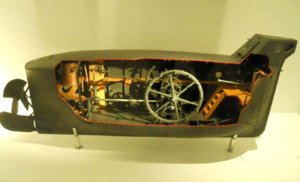
1870 – Launch of Blackadder, a clipper ship
Blackadder was a clipper ship, a sister ship to Hallowe'en, built in 1870 by Maudslay, Sons & Field at Greenwich for Jock Willis & Sons.
Blackadder was dismasted on her maiden voyage due to failures in the mast fittings and rigging. She "was able to reach the Cape under jury rig 63 days out."[4] John Willis took legal action against the builders which dragged on to such an extent that her sister ship, Hallowe'en, was not handed over to Willis until nearly 18 months after her launch. After John Willis died in 1900, Blackadder was bought by J. Aalborg of Kragerø in Norway. On 5 November 1905 she was wrecked whilst on passage from Barry to Bahia loaded with coal.

1902 - Launch of USS Plunger (SS-2), the lead ship of the Plunger-class submarine and one of the earliest submarines of the United States Navy
USS Plunger (SS-2) was one of the earliest submarines of the United States Navy. She was the lead boat of her class and was later renamed A-1 when she was designated an A-type submarine. She is not to be confused with the experimental submarine Plunger which was evaluated by the U.S. Navy from 1898 to 1900.

1918 - The Cattaro mutiny or Kotor mutiny
The Cattaro mutiny or Kotor mutiny was an unsuccessful revolt by sailors of part of the Austro-Hungarian Navy in early 1918, inspired by the October Revolution. The mutiny took place in the Cattaro naval base.
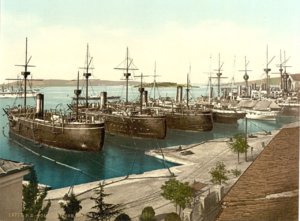
1972 - SS V.A. Fogg, a modified T2 tanker built in 1943, as SS Four Lakes, exploded and sank
SS V.A. Fogg was a modified T2 tanker built in 1943, as SS Four Lakes. After service in World War II, she was eventually sold into private ownership. She was renamed V.A. Fogg in 1971, shortly before she exploded and sank off Freeport, Texas.
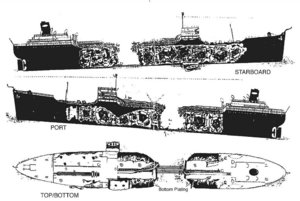
1st of February
please use the following link and you will find the details and all events of this day .....
Naval/Maritime History - 27th of August - Today in Naval History - Naval / Maritime Events in History
Today in Naval History - Naval / Maritime Events in History 30 January 1895 - SS Elbe, a transatlantic ocean liner for the Norddeutscher Lloyd, foundered on the night of 30 January 1895 following a collision in the North Sea with the loss of 334 lives. SS Elbe was a transatlantic ocean liner...
shipsofscale.com
1668 – Launch of French La Royal Louis, a ship of the line of the French Royal Navy
The Royal Louis was a ship of the line of the French Royal Navy. She was constructed at Toulon between 1666 and 1669 under the direction of Rodolphe Gédéon and served as flagship of the French fleet in the Mediterranean.

1756 – Launch of Spanish Triunfante, 68 at Ferrol - Wrecked 5 January 1795
1800 - USS Constellation engages French frigate La Vengeance in a 5-hour battle
The USS Constellation vs La Vengeance, or the Action of 1 February 1800, was a single-ship action fought between frigates of the French Navy and the United States Navy during the Quasi-War. In the battle the American frigate USS Constellation tried to take the French frigate La Vengeance as a prize. Both ships were heavily damaged. Although the French frigate struck her colors twice, she managed to flee after the main mast of her opponent had fallen.
In 1798, an undeclared war had begun between the United States and France due to French seizures of American merchantmen. As part of an American effort to deter French attacks, Commodore Thomas Truxton led an American naval squadron that was dispatched to the Lesser Antilles. Learning that regular French naval forces were in the region, Truxton set out in his flagship Constellation and sailed to Guadeloupe to engage them. On 1 February 1800, while nearing the French colony, Constellation met François Marie Pitot's frigate La Vengeance of the French Navy. Despite Pitot's attempts to flee, his frigate was drawn into a heavy engagement with Constellation. Although the French frigate struck her colors (surrendered) twice, Constellation was unable to take La Vengeance as a prize. Eventually Pitot was able to escape with his frigate to Curaçao, though only after sustaining severe casualties and damage to his vessel. Truxton's ship sustained light damage and sailed to Jamaica for repairs before returning home to a hero's welcome.

1851 - Brandtaucher, the first german submarine, sank during acceptance trials in Kiel Harbour. The crew is able to escape.
Brandtaucher (German for Fire-diver) was a submersible designed by the Bavarian inventor and engineer Wilhelm Bauer and built by Schweffel & Howaldt in Kiel for Schleswig-Holstein's Flotilla (part of the Reichsflotte) in 1850.

1870 – Launch of Blackadder, a clipper ship
Blackadder was a clipper ship, a sister ship to Hallowe'en, built in 1870 by Maudslay, Sons & Field at Greenwich for Jock Willis & Sons.
Blackadder was dismasted on her maiden voyage due to failures in the mast fittings and rigging. She "was able to reach the Cape under jury rig 63 days out."[4] John Willis took legal action against the builders which dragged on to such an extent that her sister ship, Hallowe'en, was not handed over to Willis until nearly 18 months after her launch. After John Willis died in 1900, Blackadder was bought by J. Aalborg of Kragerø in Norway. On 5 November 1905 she was wrecked whilst on passage from Barry to Bahia loaded with coal.
1902 - Launch of USS Plunger (SS-2), the lead ship of the Plunger-class submarine and one of the earliest submarines of the United States Navy
USS Plunger (SS-2) was one of the earliest submarines of the United States Navy. She was the lead boat of her class and was later renamed A-1 when she was designated an A-type submarine. She is not to be confused with the experimental submarine Plunger which was evaluated by the U.S. Navy from 1898 to 1900.
1918 - The Cattaro mutiny or Kotor mutiny
The Cattaro mutiny or Kotor mutiny was an unsuccessful revolt by sailors of part of the Austro-Hungarian Navy in early 1918, inspired by the October Revolution. The mutiny took place in the Cattaro naval base.

1972 - SS V.A. Fogg, a modified T2 tanker built in 1943, as SS Four Lakes, exploded and sank
SS V.A. Fogg was a modified T2 tanker built in 1943, as SS Four Lakes. After service in World War II, she was eventually sold into private ownership. She was renamed V.A. Fogg in 1971, shortly before she exploded and sank off Freeport, Texas.



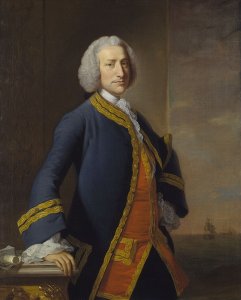
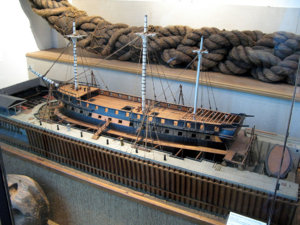
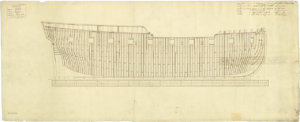
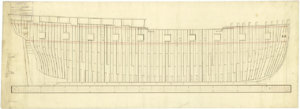
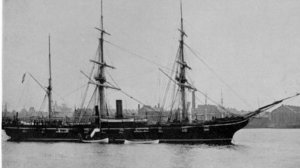
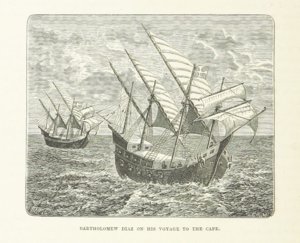
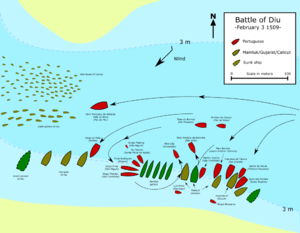




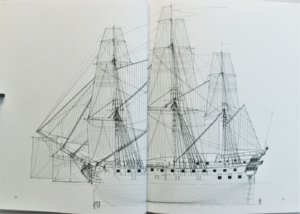
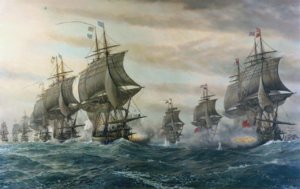

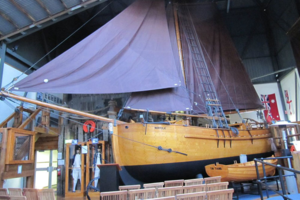
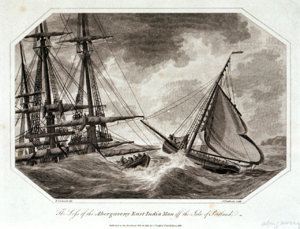
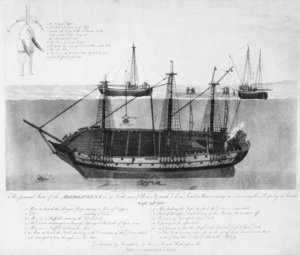
 Line
Line